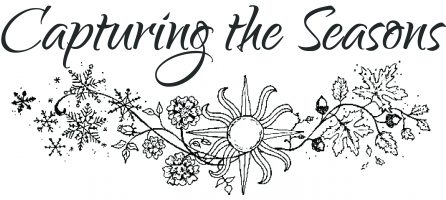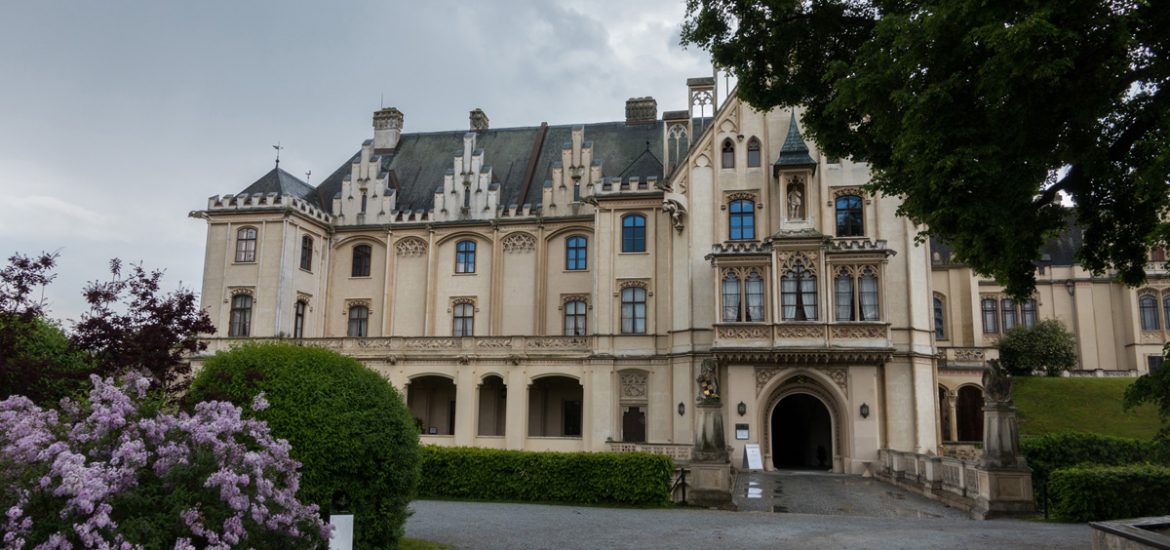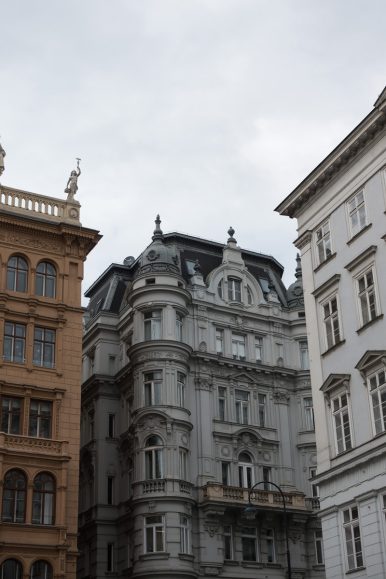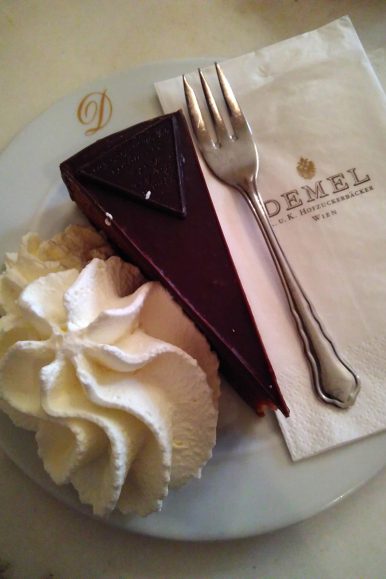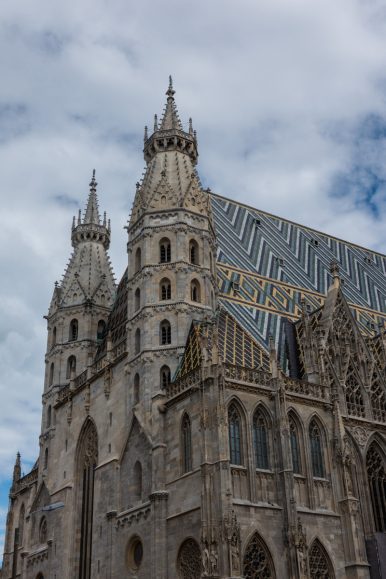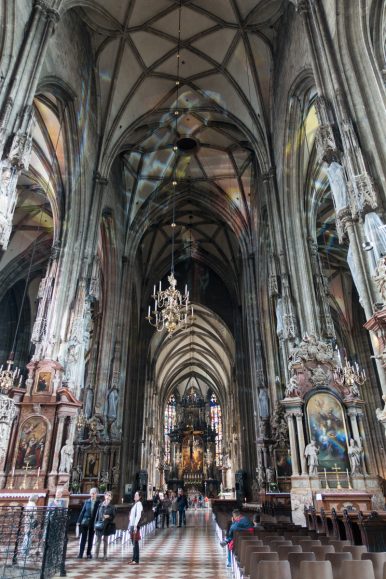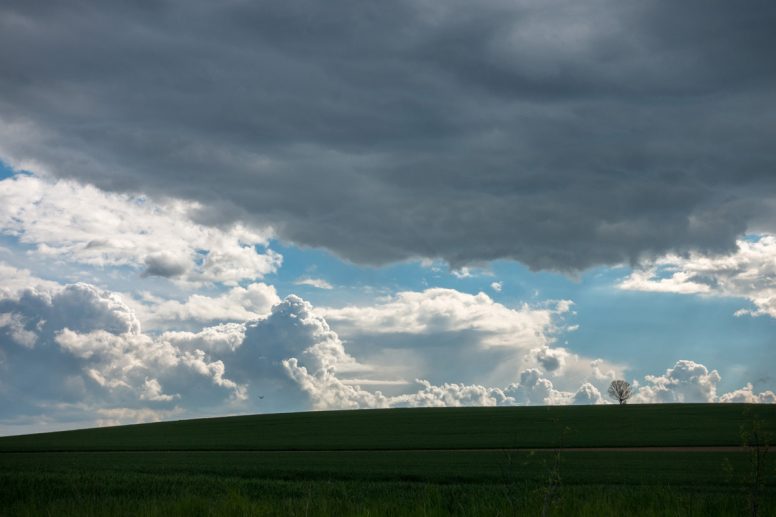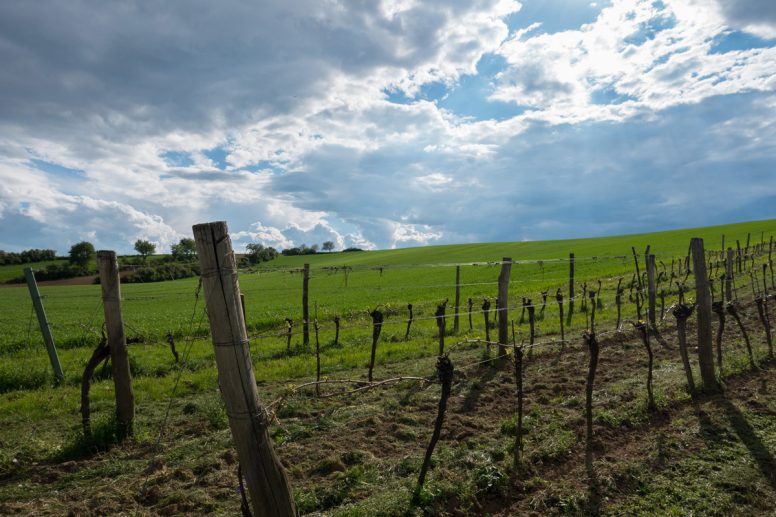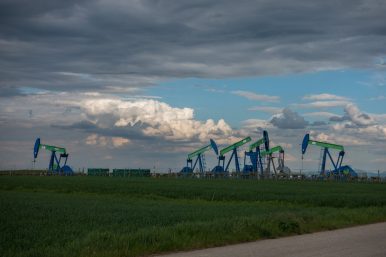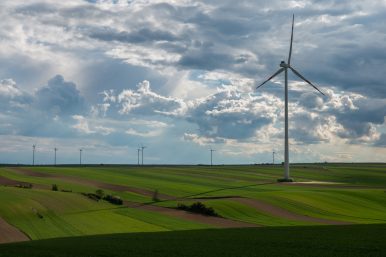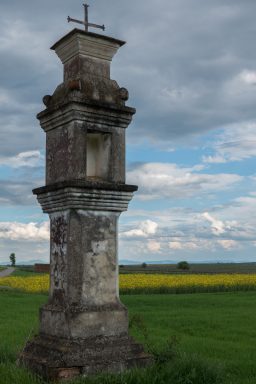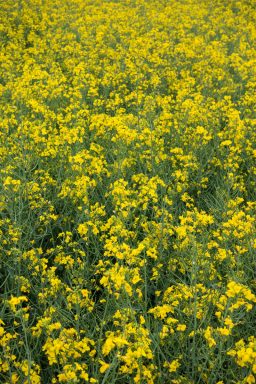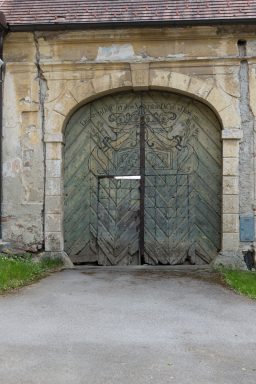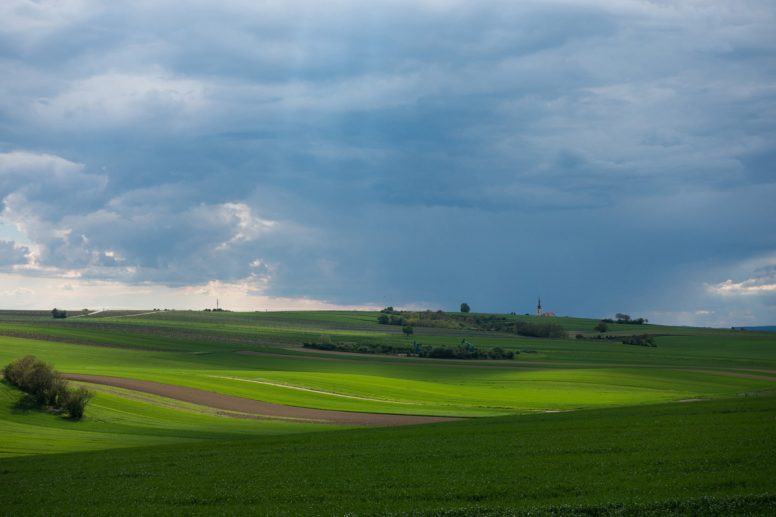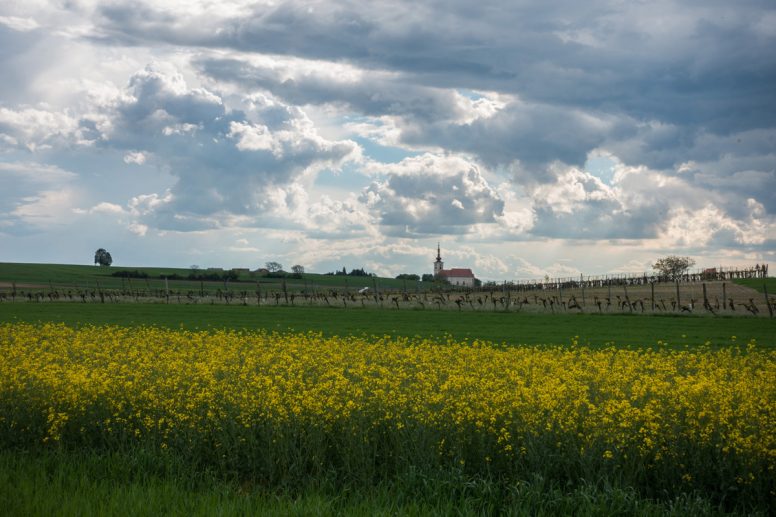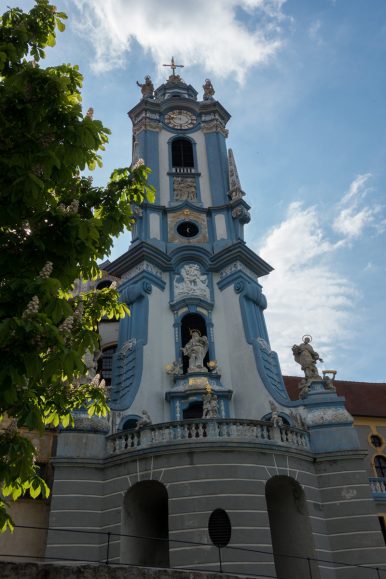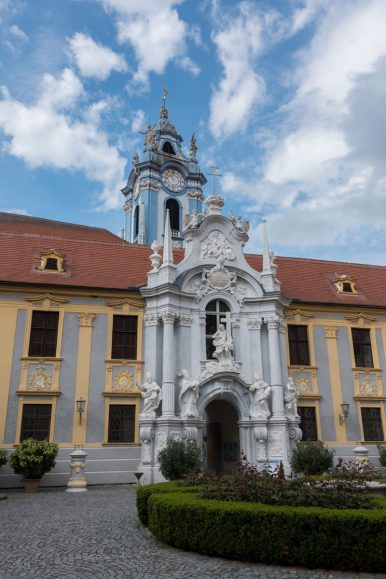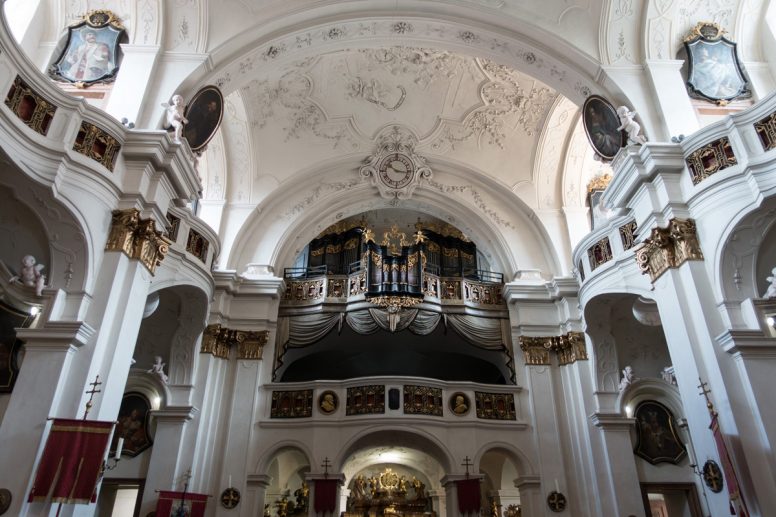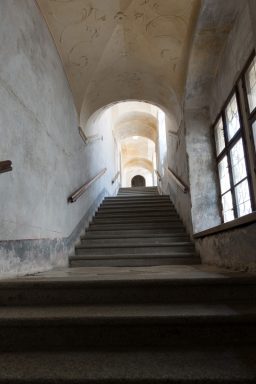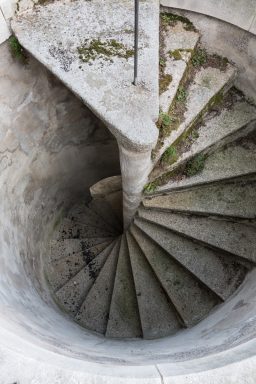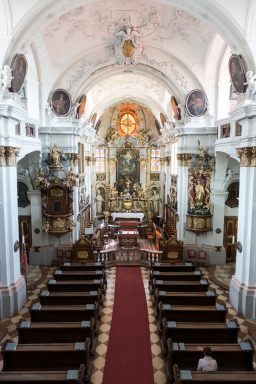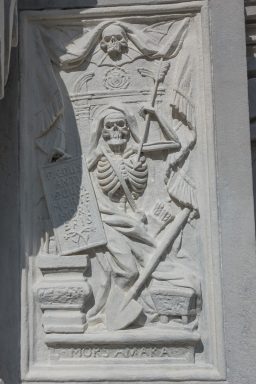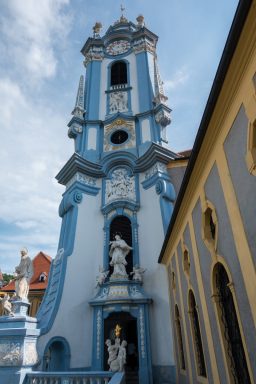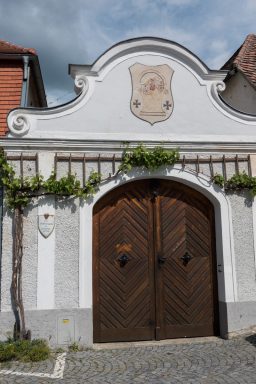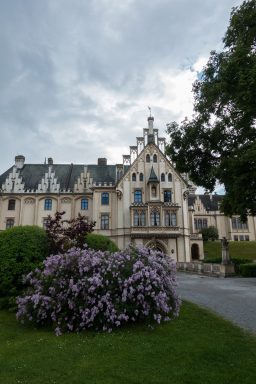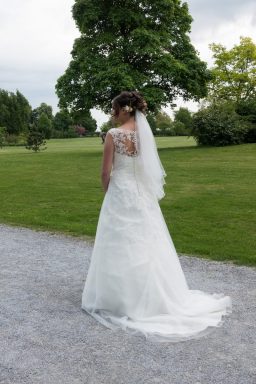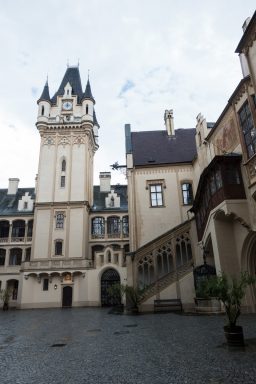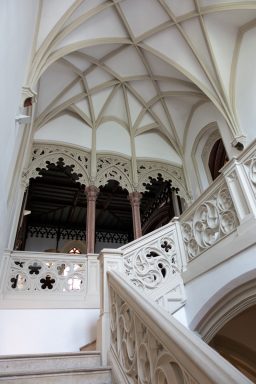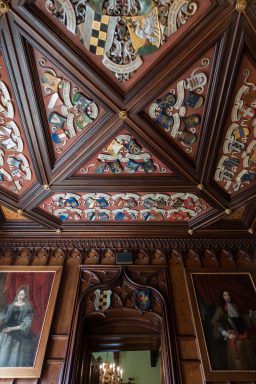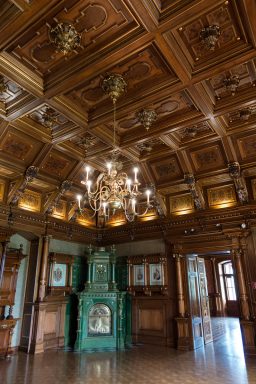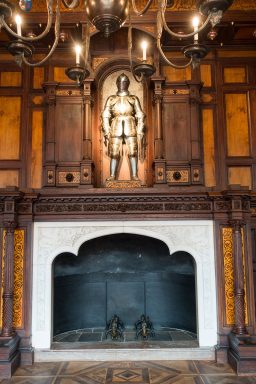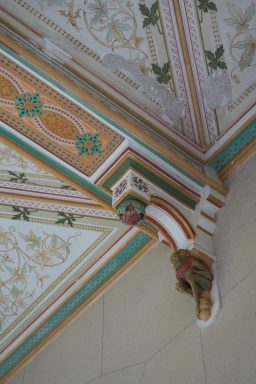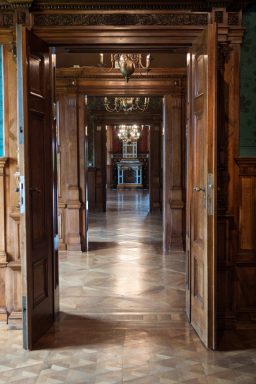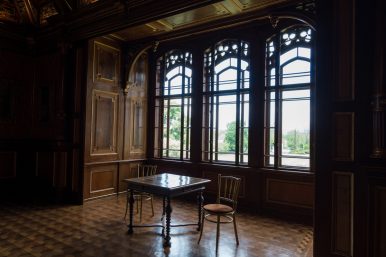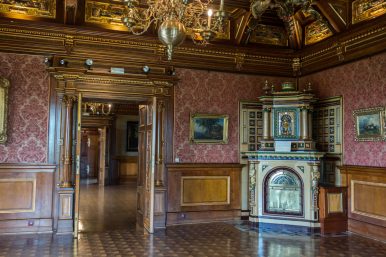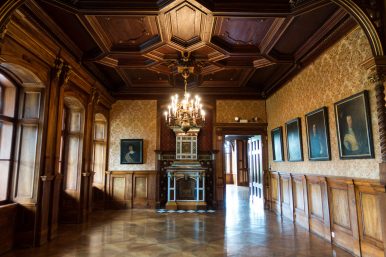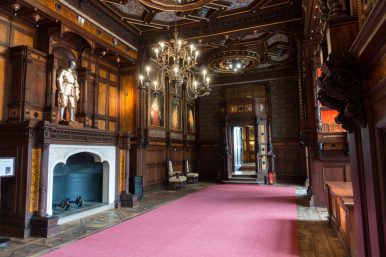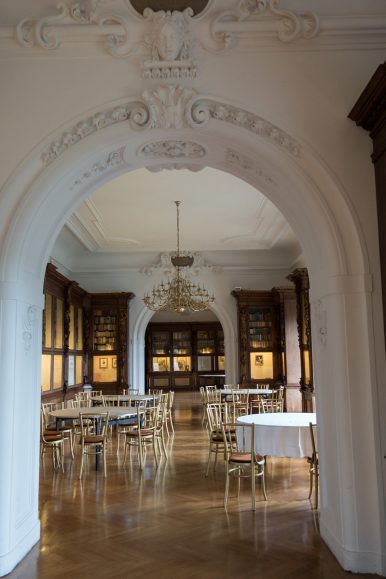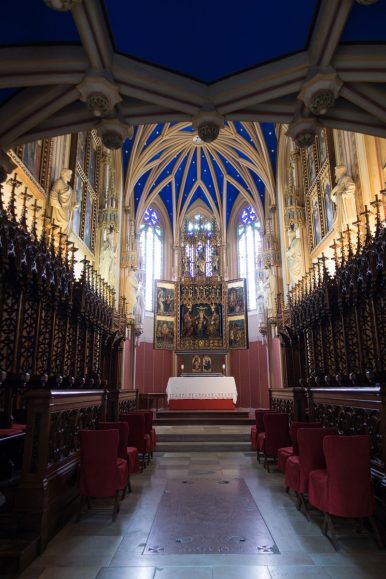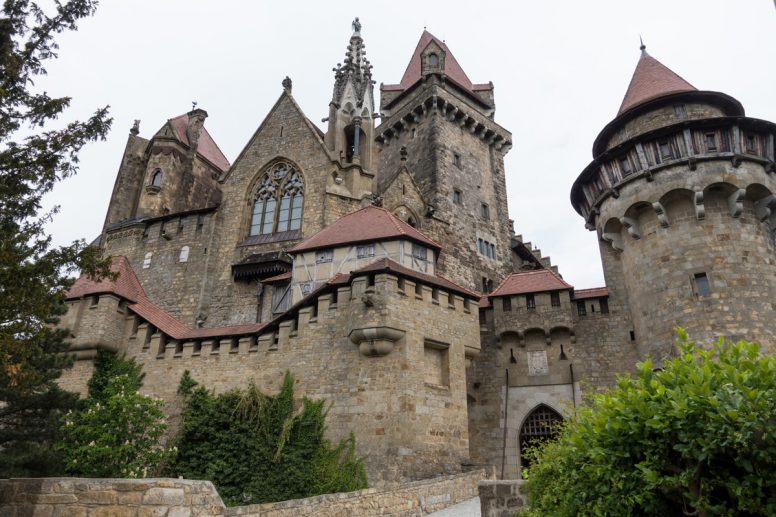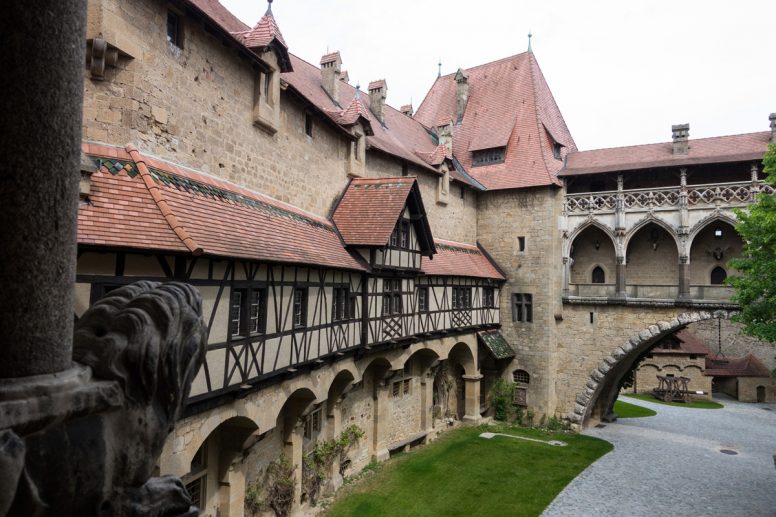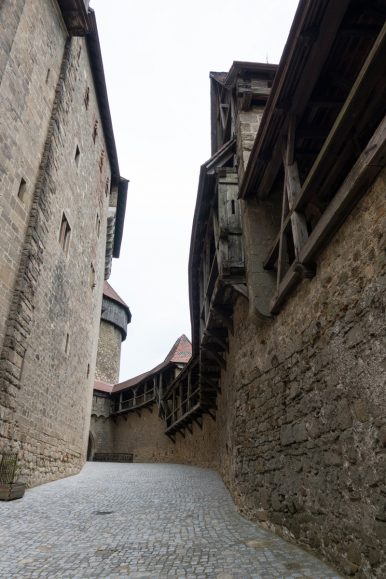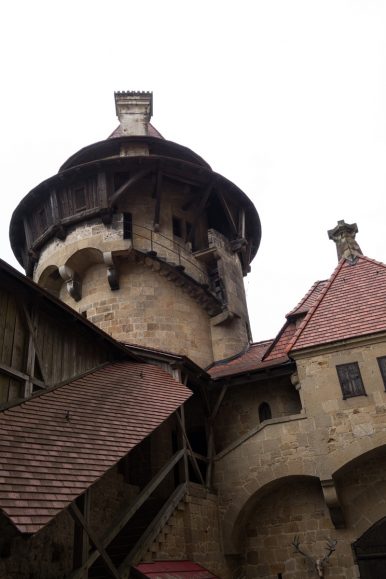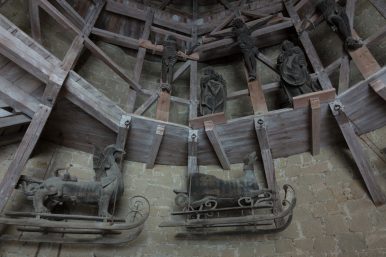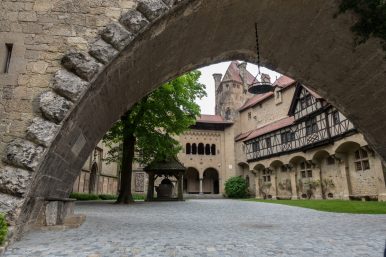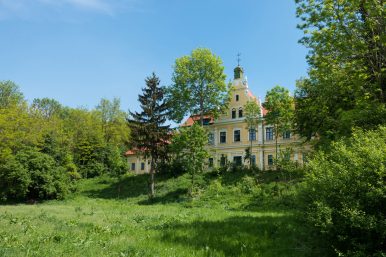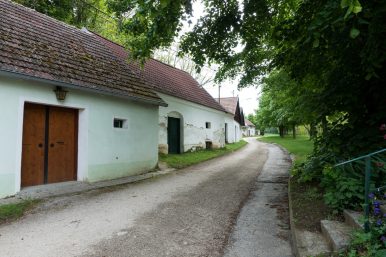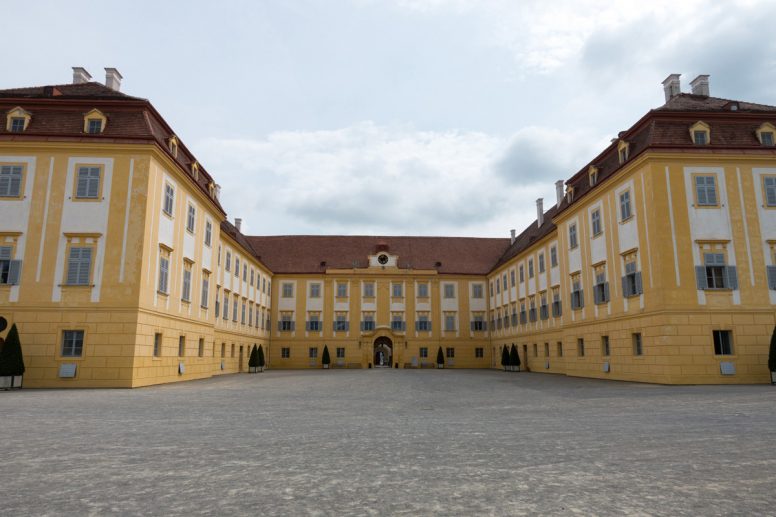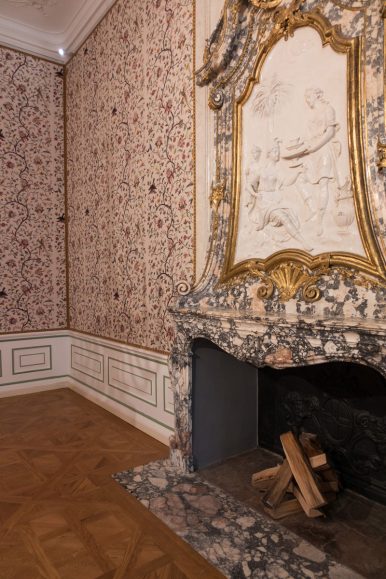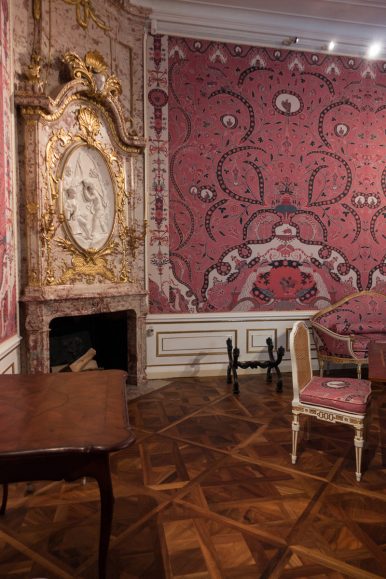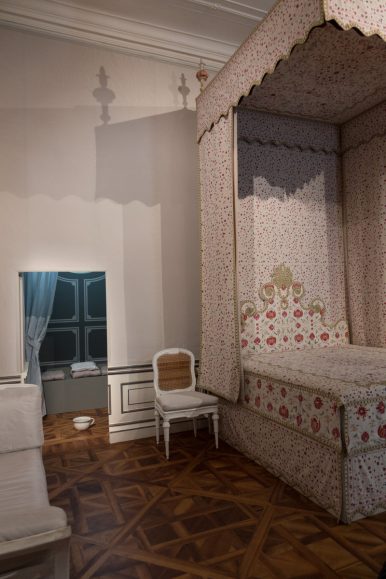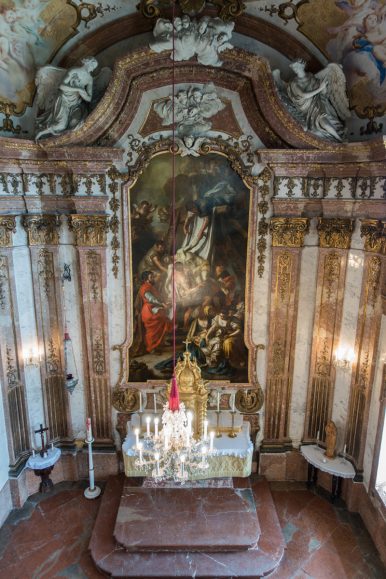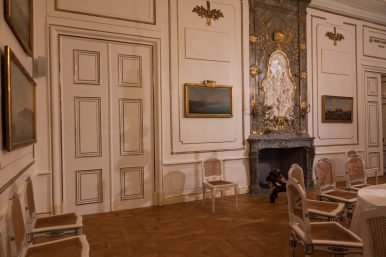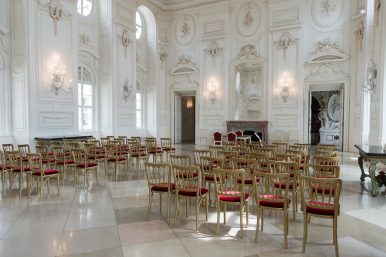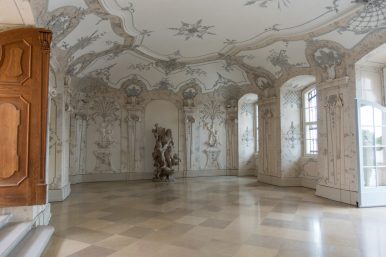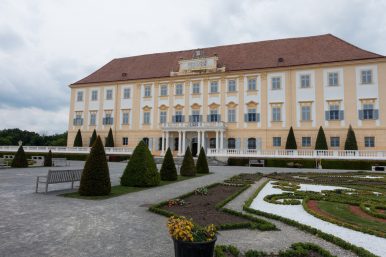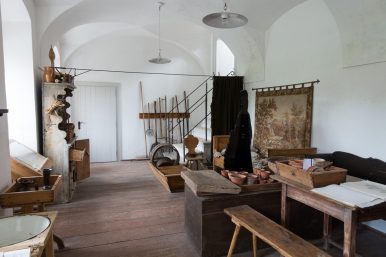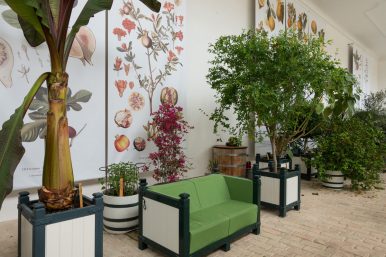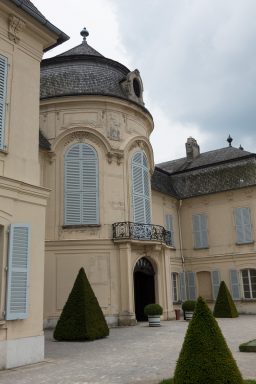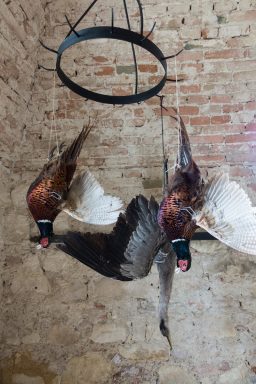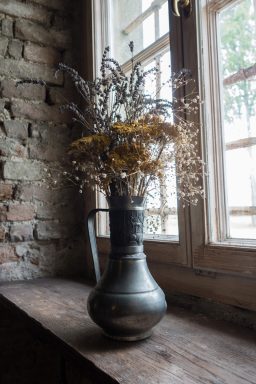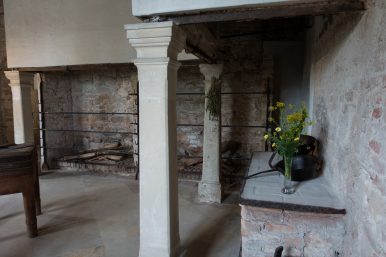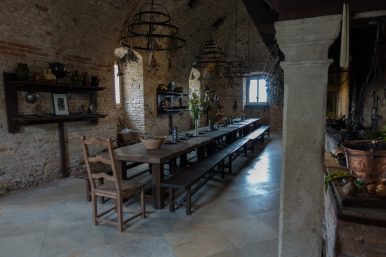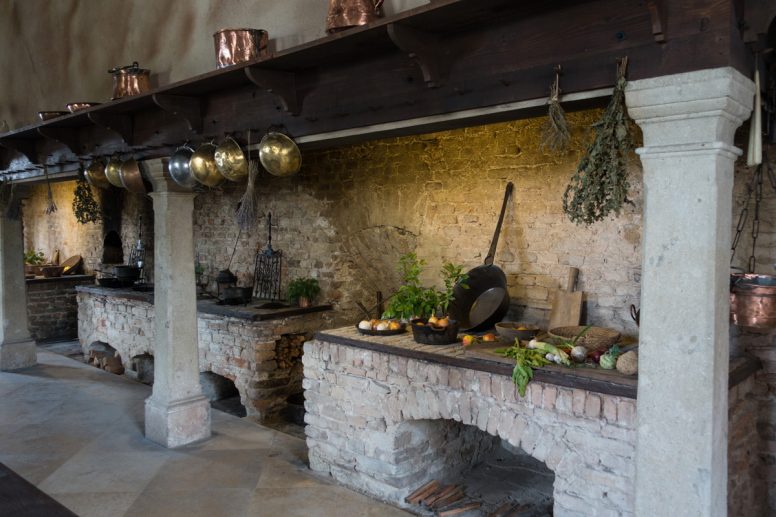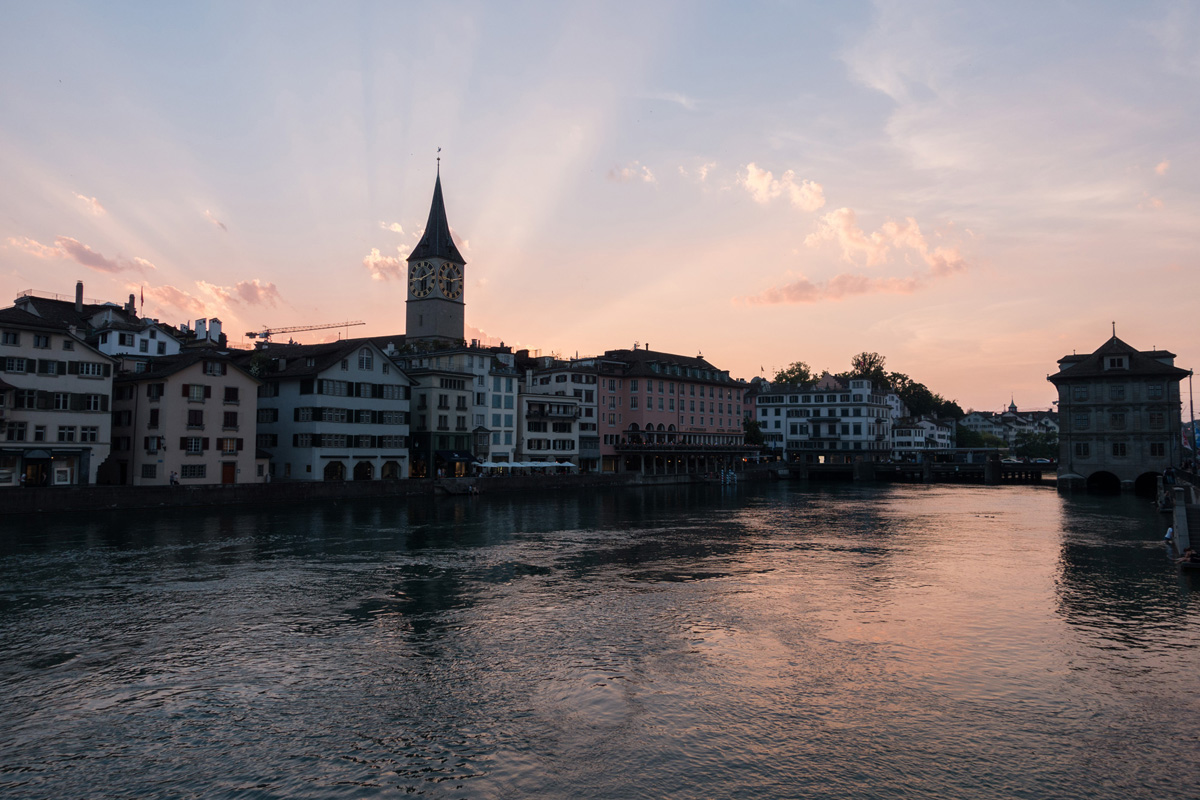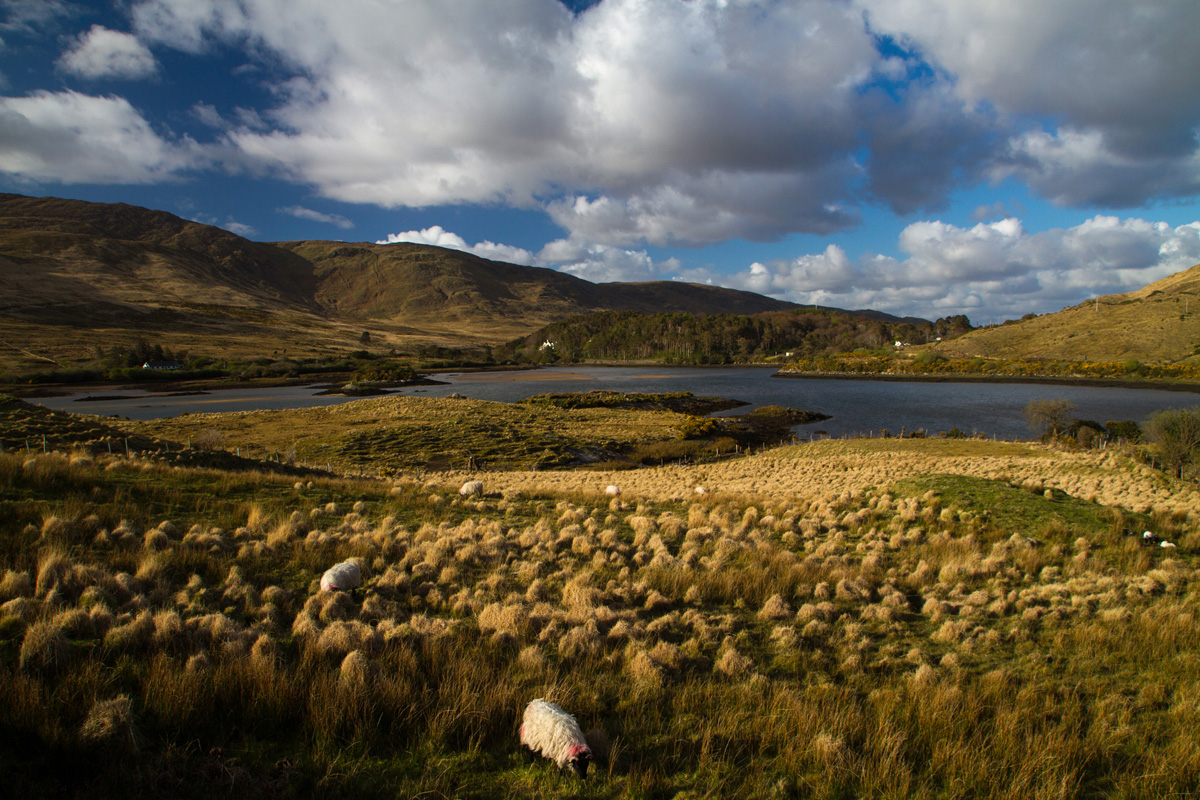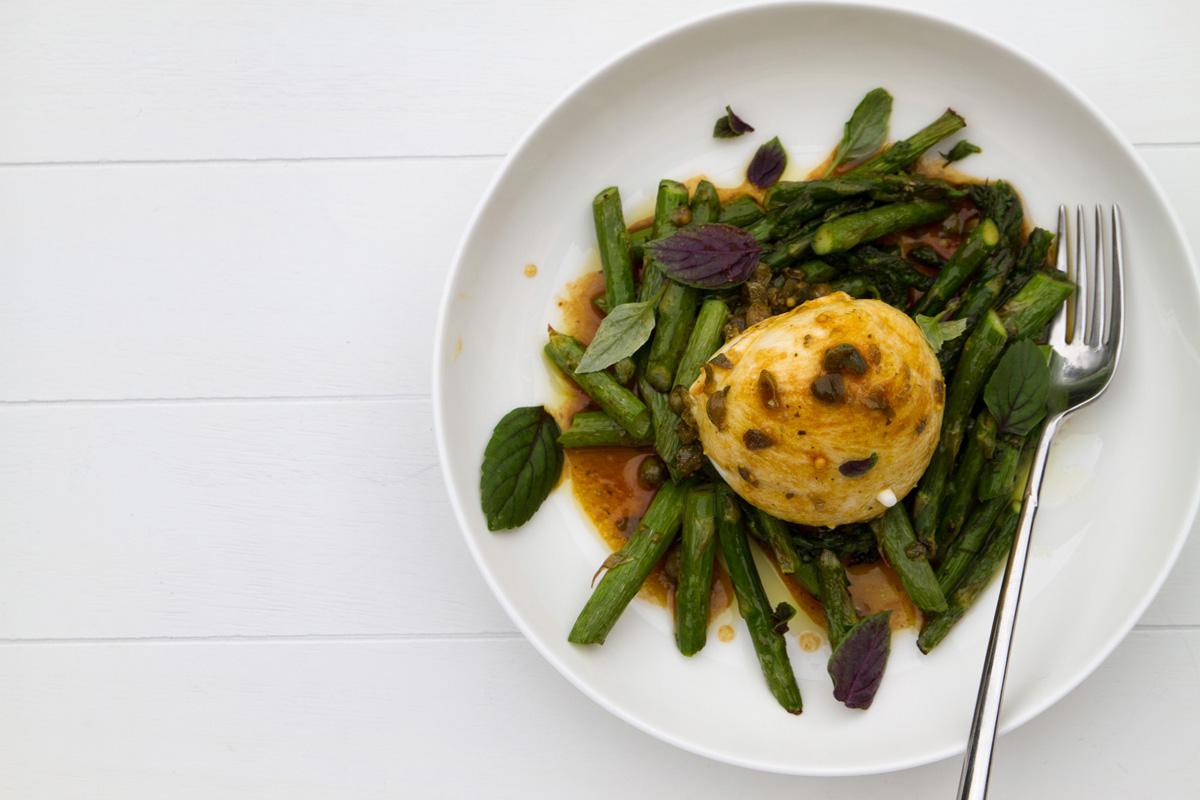For me, a train trip to Vienna is about 8 hour- if all goes well. I love taking the train but even 8 hours is a bit long for me. Instead, I decided to cut the trip in half and leaving work a bit early. Four hours later, I was in Innsbruck and my lovely friend Alex was waiting at the platform. We spent the evening chatting while eating a beautiful salad she had made consisting of lettuce, steamed green asparagus, smoked trout and herbed olives. Afterwards, we all shared a piece of Roquefort spread on a good piece of bread and a lovely glass of wine. Once dinner was over, we we still busy chatting and she pulled out some bottles of Scottish Whisky which we tasted while munching on Scottish shortbread. All too soon it was time for bed since we all needed to get an early start the next morning.
The next 4 hours to Vienna were filled with staring out the window and reading. My husband was in the train behind me since he decided to do all 8 hours at once. This gave me two hours to do something fun in Vienna, and I knew exactly what I wanted to do: eat cake. A Sachertorte, to be precise. I made the conscious decision to have mine at Demel instead of Sacher for the simple reason that I wanted to compare the two. Demel and Sacher had an ongoing dispute about whom the Sachertorte actually “belongs” to as Sacher himself created it while working at Demel. But that is another story. As I will be traveling to Bolzano later this year where the only Sacher Café outside of Austria is located, I will be taste-testing there. I walked into the small dark entrance of the café and to my left was a small glass case filled with delicious looking cakes. If I hadn’t been going for my taste-test project I would have had a hard time trying to decide which cake to choose. Downstairs all tables were taken, so I walked past the kitchen which can be viewed by though a glass wall and walked upstairs. There, I waited to be seated. The rooms upstairs are lighter, but no less inviting. I placed my order and waited. Until I’ve tasted the Sachertorte from Sacher, I won’t say a word, but I did enjoy it! Afterwards I had a bit of time before heading back to the main station and popped into St. Stephan’s Cathedral. I was disappointed that there was an art project being shown in which all the statues were covered with gauze and there were rainbow colored lights everywhere.
We collected our rental car and made our way north out of the city. It was a beautiful day, and the clouds were amazing. We spent some time driving around the countryside before heading to my husband’s cousin’s house, where we would be spending the weekend. The vast and open country with soft rolling hills made for some beautiful views and I was constantly telling my husband to stop the car so I could hop out for a photo. The old oil wells, some of which are still in use today, tickled me and made me giggle. Pumpjacks were something we’d often see in California, and my sister and I called them grasshoppers. Their form and movements are reminiscent of that insect and my husband got a kick out of it when he first heard me say “Oh, look- grasshoppers!” Right next to the pumpjacks are the modern energy generators: wind turbines.
The next day the weather couldn’t quite decide what it should so, so we were first greeted with sun and heat and then caught in a downpour. But we knew this could happen and came prepared with umbrellas. Our first stop was Dürnstein which is well-known for its abbey, apricots and wine. A few years back we traveled along the Danube with a boat and saw it from the water. We got there early and were able to escape the crowds.
Afterwards, we made our way to Schloss Grafenegg, a good example of historicism. The castle underwent many changes during its time and is now currently a place where musicians are able to partake in workshops and give concerts. It’s also a popular place for wedding pictures and we saw several couples scurrying across the grounds trying to escape the rain. While we were there, there was also a christening in the small chapel.
Apart from tiled stoves and lavish ceilings, the castles is devoid of furniture. During and after the war all furniture and anything that would burn, such as books, was used to heat the castle. Old black and while photographs show what the rooms looked like when they were furnished.
From one castle to the next, our last stop of the day was at Burg Kreuzenstein, a wild place. Unfortunately no photos are allowed within the castle walls. The castle was a complete ruin when Johann Nepomuk Graf Wilczek decided to reconstruct it in 1874. He was a collector of art, weapons, architecture and things brought back from his travels and thought nothing of placing arches from Venice next to half-timbered buildings from Germany.
On our last day, we drove through Lower Austria to see two more castles before heading back home. We stopped to see the traditional “Kellergassen” (cellar streets) which are streets with houses either on one or both sides of the road. The special thing about these houses is that they are actually cellars and not houses, i.e. no one lives in them. These streets are only found in this area, although there are very few in Hungary, the Czech Republic and Germany.
South of Vienna, we visited Schloss Hof and Schloss Niederweiden, both owned by Prince Eugene of Savoy. Later, Empress Maria Theresa bought Schloss Hof and made significant changes to the interior. Schloss Hof is now a popular place to get married.
Schloss Niederweiden was the antithesis of Schloss Hof, small and quiet and unfurnished rooms. The only part of the castle that was furnished was the separate kitchen where you could still smell the wood smoke clinging to the thick walls.
